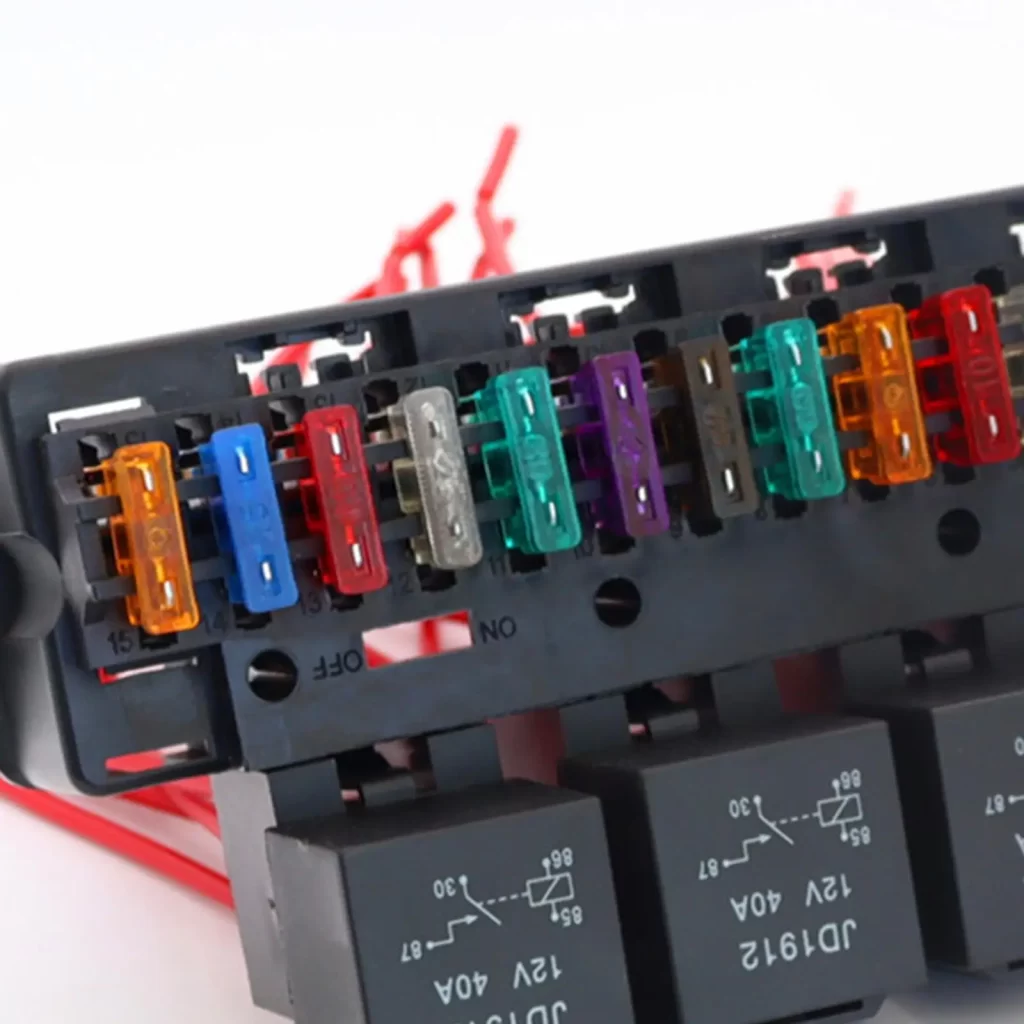Screed is a critical component in construction, used to create a smooth, level surface for the final application of flooring materials such as tiles, carpets, or wood. While often overlooked, the correct application of screed is crucial for the overall strength and stability of a building project. This article explores the role of screed, its various types, and how it works in conjunction with geosynthetics to enhance structural integrity.

What is screed used for?
Screed serves as a foundation for finishing materials, ensuring a smooth, even surface that can support the weight of daily traffic without damage. It is used in both indoor and outdoor applications to create a level base for flooring, tiles, or paving. In exterior projects, screed helps level surfaces before laying asphalt or pavers, ensuring a durable and visually appealing result.
How is screed applied?
Screed can be applied manually or mechanically. Manual application, which involves spreading the material with a trowel or screed board, provides more control and is often used for smaller areas. Mechanical methods, such as power screeds or laser-guided machines, are used for larger projects, ensuring faster and more uniform results. Once applied, the screed must be left to cure before the final flooring is installed.
What types of screed are available in construction?
There are several types of screed to choose from, depending on the specific requirements of the project:
- Bonded Screed: Adhered directly to the base concrete, commonly used for thinner layers.
- Unbonded Screed: Laid over a separating membrane, ideal for projects involving different types of base materials.
- Floating Screed: Installed over insulation materials, typically used in underfloor heating systems.
Each type offers specific advantages depending on the project, especially when used alongside geosynthetics for added moisture control and structural reinforcement.
How does screed work with geosynthetics?
Geosynthetics, such as geogrids and geotextiles, are often used beneath screed to manage moisture and improve load distribution. These materials help prevent water from rising into the screed, protecting the surface from potential damage. In high-traffic areas, geosynthetics also provide additional reinforcement, ensuring the screed can handle the stresses of daily use.
Understanding how screed interacts with geosynthetics is key to creating durable, long-lasting surfaces. Properly applied screed not only ensures a level and stable foundation but also contributes to the overall strength and longevity of the construction project.